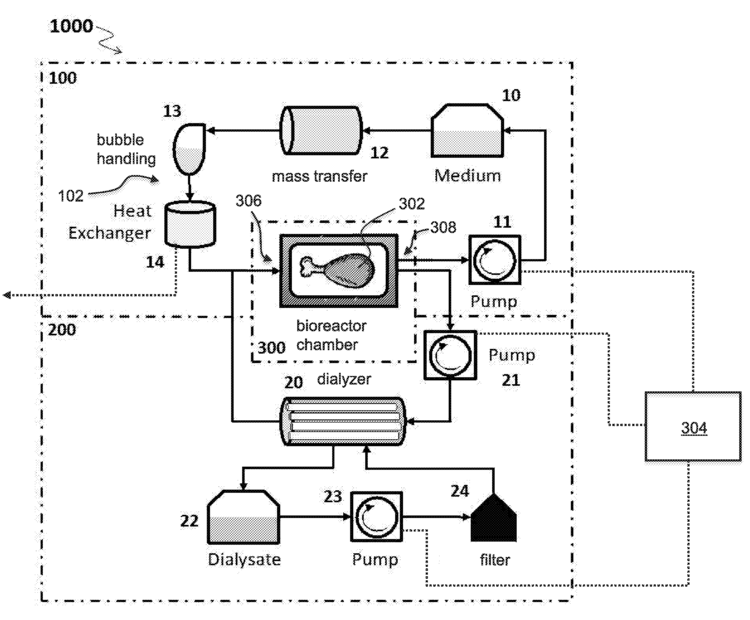Here's how we're growing meat in labs instead of in animals
A tissue engineer writes the cultured meat explainer you've been looking for
Allan Lasser
What do NASA and PETA have in common? They have both said that people need to find a way to eat meat without animal farming and slaughtering. Industrial livestock has negative health and environmental impacts. Luckily for carnivores, researchers have been working on cellular agriculture, which aims to combine biotechnology with food and tissue engineering to produce meat from cell cultures in a lab.
Since the first cell burger trial in 2013, the cultured meat community has been slowly growing. But the idea of growing meat is certainly not new. In Kurd Lasswitz's 1897 novel Two Planets, Martians introduced “synthetic meat” on Earth. In late 1931, Winston Churchill wrote in an essay, “We shall escape the absurdity of growing a whole chicken in order to eat the breast or wing, by growing these parts separately under a suitable medium.” But it wasn't until around 2000 that there were real attempts to grow muscle cells in a lab—they involved edible goldfish muscle as food for space travelers.
Today, many companies (like Beyond Meat and Memphis Meats) or research institutes, and non-profit organizations are developing cultured meats and fish products—but what exactly is cultured meat?

Figure 1A from a patent application by Future Meat. It illustrates their bioreactor system.
Cultured meat will hopefully look and taste like conventional meat from animal tissue. The difference is that the cells making up cultured meat are not grown inside of an animal. Instead, the cells are allowed to grow in culture flasks or larger systems for growing individual cells in a lab. When those cells grow unstructured they can mimic ground meat products like sausages, hamburgers, and chicken nuggets. If those cells are organized, then the product becomes a structured meat—like a steak or a chicken breast. To give them structure, edible scaffolds are added as the foundation for cells to grow on, mimicking the natural architecture and appearance of cuts of meat.
The future industrial production of these meats will require "farms" for cellular agriculture (English translation). Instead of housing cattle, the farms will be a place to grow cells, assemble them into meat products, and store and vacuum-seal them for quality. This type of facility is still on the wish list for producers because cultivation and harvesting processes are still being optimized. Medium-sized meat cultivators may be an alternative to blend in with the livestock industry that can be used along with traditional farming practices. Cultured meats might also be produced at home with smaller devices, as some initiatives seem to be encouraging.
Lab-grown meat products will be deeply studied to ensure their safety, and to continuously tweaked to taste and look like conventional meat. At the same time, there is plenty of room to design innovative cultured meat products that are different from conventional meat. For example, one cultured meat company, Modern Meadows, invented meat potato chips.
There is an increasing hunger out there for meat in just about any form, so why not in chip form, too?